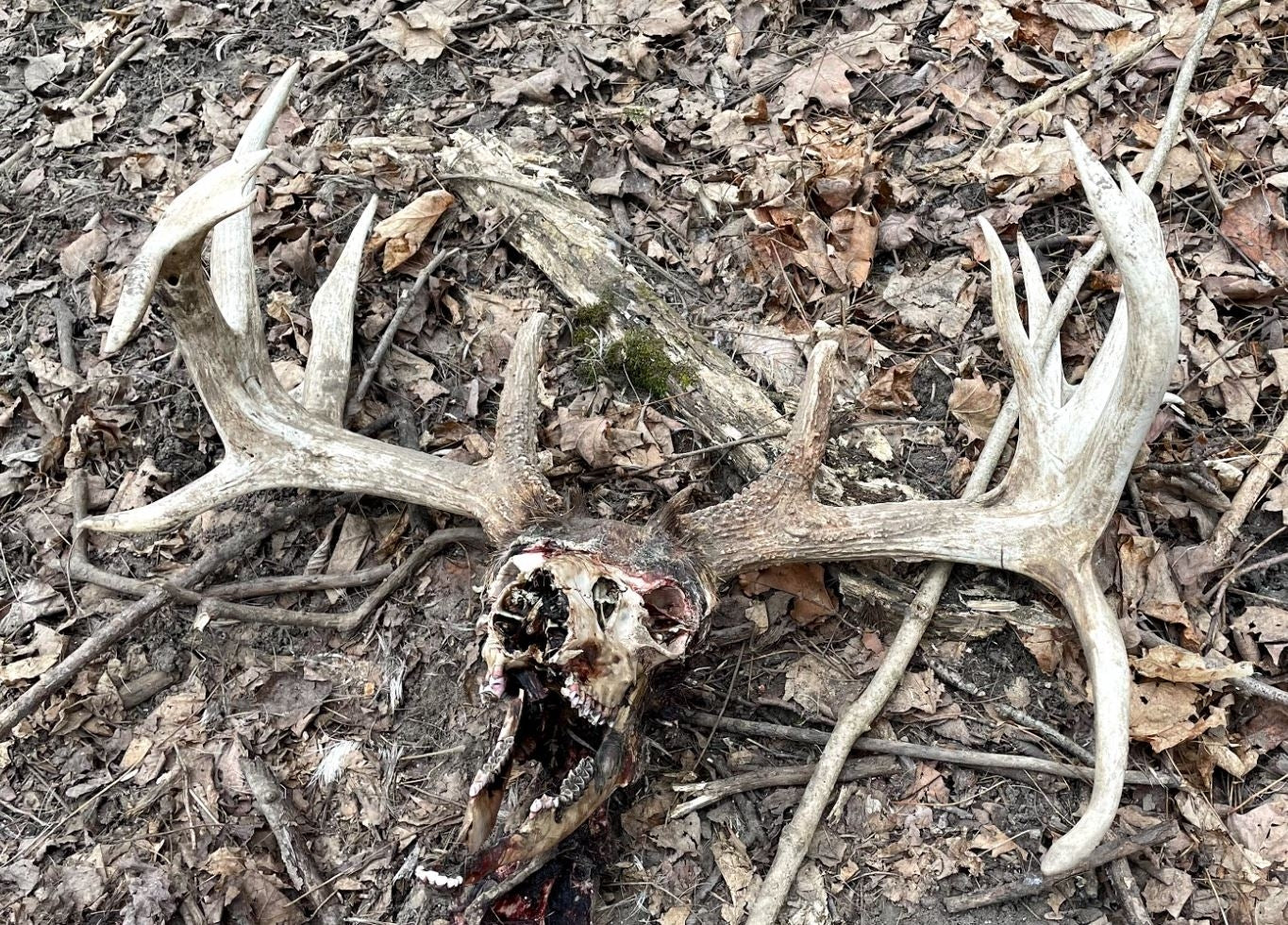
Cleaning Deadheads
In the world of preserving specimens, there's a fascinating anomaly known as "deadheads." Forget about Grateful Dead fans; deadheads refer to a unique state of decay that puts a halt to the usual breakdown process.
Unlike fresh remains that steadily decompose, deadheads reach a strange point where decay seems to stop. Instead, the skin and tissues stick firmly to the bones, giving them a distinctive look and reducing the usual stench of decay.
But don't be fooled by the lack of smell; it's still crucial to clean deadheads thoroughly. Even though they might not smell as bad, there are still biological issues to consider, and if they get wet again, that stench could come back.
Cleaning deadheads is a bit different from dealing with fresher remains. The usual methods like using beetles or burying them don't work well due to the tissue being essentially mummified. Instead, people often use a process called maceration to rehydrate and remove the stubborn tissue remaining.
Usually the mummified tissue will slough right off once they're fully rehydrated and macerating a few days/weeks, then it's time to go to the degreasing bucket once they're tissue free.